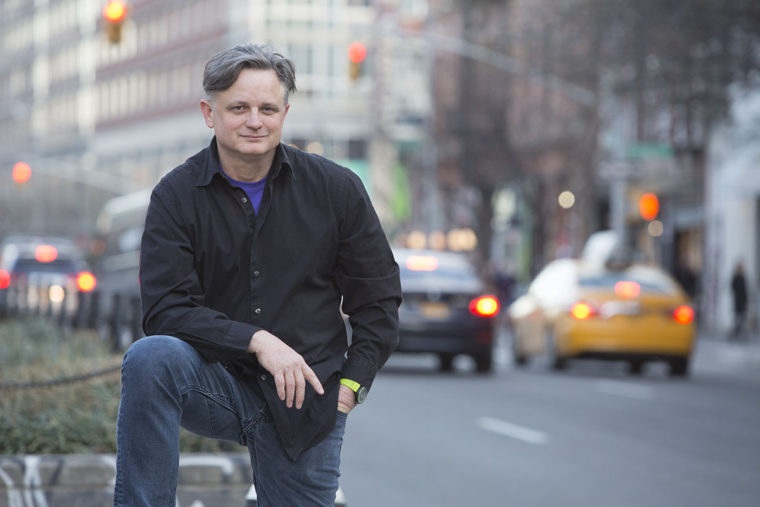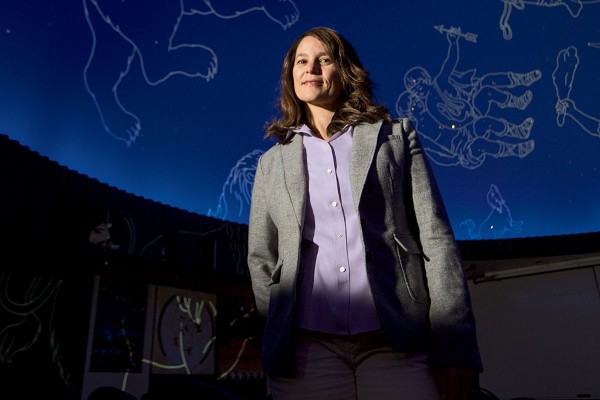Michael King, AB ’87, has left an imprint on cities around the globe, from Abu Dhabi to Buenos Aires to Chicago.
King styles himself as a “traffic calmer” and works to make not only cities more livable but also their streets and public spaces more efficient, safer and better prepared for the future. He has helped reinvent the way we view urban environments and literally wrote the book on new street-design guidelines that traffic engineers are adopting across the United States.
“I’m trained as an architect, but at the end of the day, I’m not interested in buildings,” King says. “My thing is the space between the buildings.”
When cars first became popular in the 1920s, cities began to regulate their use through strict speed limits and parking restrictions. Realizing the impact this would have on its business model, the automotive industry countered with highway- design guides. After World War II, entire sections of cities and suburbs were designed or redesigned for cars and highways, largely with federal funding.
“They bulldozed huge swaths of cities to build highways, and street design was given over to the highway guys because that’s who had written the regulation books,” King says. “I’ve been trying to invert that paradigm. What we need are street- design guidelines because there’s a fundamental difference between the two.”
King co-wrote the urban street-design guide for the National Association of City Transportation Officials and authored Chicago’s complete-streets guidelines. Further, he has helped write guides for cities like Abu Dhabi and Toronto.
After graduating from WashU with a bachelor’s degree in architecture in 1987, King earned a master’s degree of architecture from Columbia University. He then worked five years as the director of traffic calming for the New York City Department of Transportation.
Traffic calming — an urban-design approach that tries to reduce traffic and improve safety for motorists, pedestrians and cyclists — popped up in the Netherlands in the 1960s with speed humps and the concept of a “living street” with pedestrians and cyclists as the focus. This can have a major impact, because studies have shown that people living on quieter streets tend to have more friends. King started a speed-hump program in New York City, the largest program of its kind in the country at the time.
“Traffic calming is essentially a Band-Aid. It’s a reaction to streets and subdivisions that have been planned as mini-highways,” he says. “It was and continues to be a way to counteract the prevailing trend of misuse of road space through design. It’s evolved into street design because people have just now incorporated traffic calming into the design of the street from the get-go.”
Currently, King leads the Mobility Group for the Americas at BuroHappold Cities, an international engineering consultancy. Part of his job is using data — like the type of and frequency of emojis on social media related to someone’s personal experience in a city — and modeling software to better understand what makes good urban design and what people want out of their public spaces.
“Everyone’s interested in big data,” he says. “We can get all this data and map it and then start to let that influence or help designers and the spatial design of places, from airports to plazas, wherever there are people.”
Even though he has worked on every continent except Australia and Antarctica, King still has connections to St. Louis. In 2010, he helped redesign a section of South Grand Boulevard. Plus, King credits his alma mater with giving him some of the inspiration and communication skills to design internationally.
“The architecture education at WashU was first rate, and professors really made you think,” King says. “Architecturally, and for urban design, St. Louis is a gold mine. It was advantageous for me to be there and to exist in that space.



